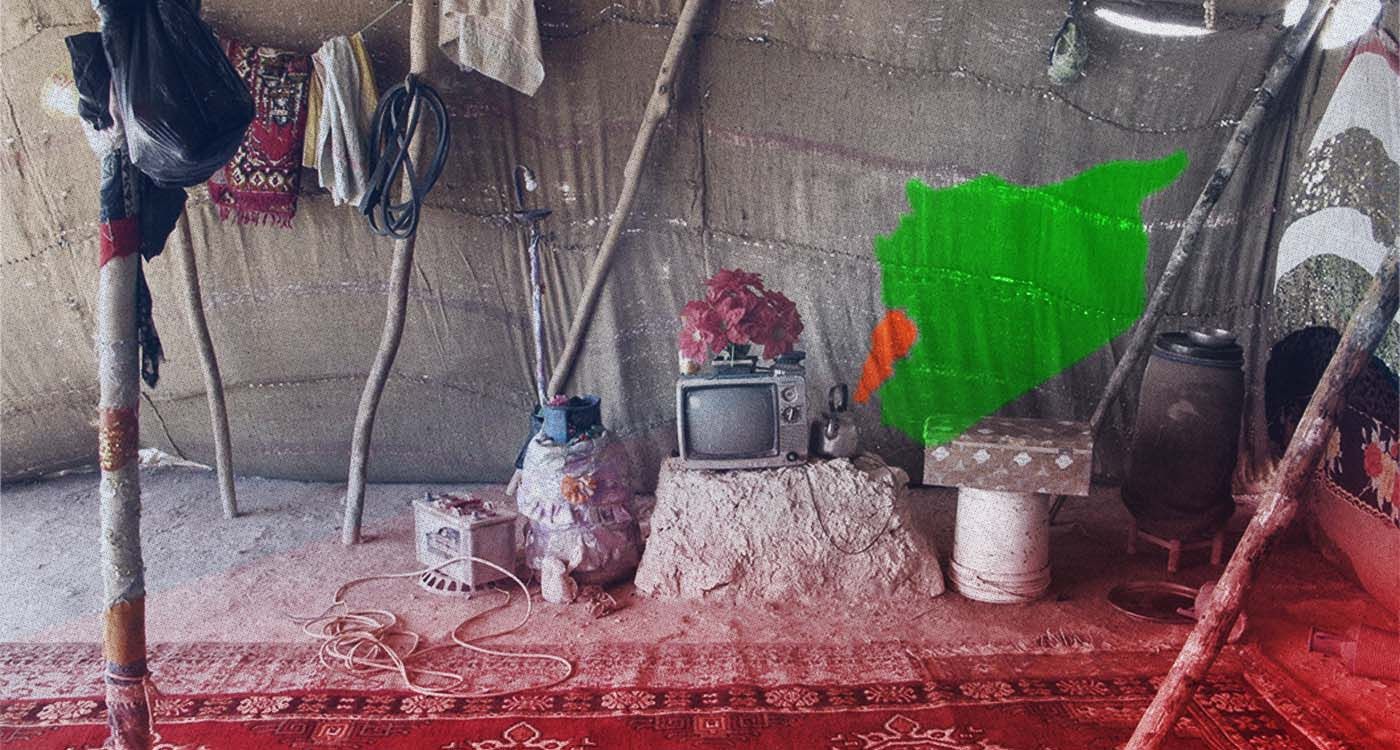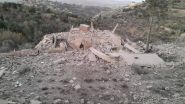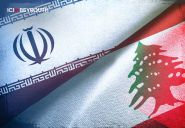
Long overlooked on the political stage yet deeply embedded in volatile areas of Lebanon and Syria, the Bedouins are back in the spotlight following recent clashes in Syria’s Sweida province. Straddling tribal tradition, social marginalization and opaque ties to power, these often stateless and poorly integrated communities now find themselves at the center of simmering local tensions. Who are they and what role do they play in the current unrest?
Clashes between Bedouin tribes and Druze factions in Syria’s Sweida province have reignited attention on the political and militarized role of these communities. But across the border in Lebanon, another question emerges: Who are the Lebanese Bedouins? The issue takes on renewed urgency amid reports that several of them, notably from Wadi Khaled, crossed into Syria to support their kin, in a conflict where identity rivalries, smuggling routes and geopolitical score-settling collide.
Sunni or Shia, settled or semi-nomadic, documented or stateless, Lebanon’s Bedouins remain a little-known population. Yet, they embody a tribal way of life that often clashes with the logic of the state, its security apparatus and territorial order. Who are they? Where do they come from? How are they structured? And what is their legal status?
Origins and Settlement
The Bedouin presence in Lebanon dates back to the 19th century. Mainly descended from tribes originating in Syria, Iraq and the Arabian Peninsula, these communities gradually migrated to the fringes of the Ottoman Empire and later Greater Lebanon.
Historically pastoralists who practiced seasonal migration, they began a gradual process of sedentarization in the mid-20th century while maintaining tight-knit social structures rooted in clan loyalty.
Today, Bedouin communities are concentrated in several key regions: northern Beqaa (Ras Baalbeck, Qaa, Ersal, Hermel), central and southern Beqaa (around Majdal Anjar, Marj and Jeb Jannine), Wadi Khaled, Akkar, southern Lebanon (Marjayoun, Habbariyeh) and the outskirts of coastal cities like Tripoli, Saida and Tyre, often in marginalized urban enclaves.
This geographic spread reflects two main Bedouin concentrations in Lebanon. The first comprises Arab tribes, who represent a substantial part of the Sunni community, estimated at over 27%, not counting more than 120,000 registered voters. These tribes are dispersed across several districts, with strongholds in northern Lebanon and the Beqaa.
The oldest and historically prominent among them are the Zreiqat, primarily based in Wadi Khaled but also present in the hills and plains of Akkar and Denniyeh.
Further south of Beirut lies the Khaldeh community, known as the “Arabs of Khaldeh” to distinguish them from other tribal groups. They largely descend from the Naoufal clan, itself affiliated with the Zreiqat. Historically, they owned much of the land in the region. Prominent families include Daher, Askar, Shahine and Ghosn. Some were included in Lebanon’s civil registry in 1932, others were naturalized during Rafic Hariri’s 1994 campaign. Many proudly bear registration numbers from one to seven, a symbol of their deep-rooted territorial presence.
In addition to Sunni tribes, several Shia Bedouin clans inhabit the Baalbeck-Hermel region. These include two major lineages in northern Beqaa and parts of Mount Lebanon: Shamas (including Shams, Allouh, Dandach, Allam, Awad, Nasser al-Dine, Aala’ al-Dine) and Zeaiter (Zeaiter, Jaafar, Noun, Amhaz, Mokdad, al-Hajj Hassan, Shurayf, Rabah). Both belong to the wider Hamadeh tribal confederation.
The Shamas clan is major and influential in the Baalbeck area, with a strong presence in the villages of Bouday and Shaat , as well as throughout Hermel.
The Zeaiter clan is one of the region’s largest clans and spans much of the northern Beqaa, from Qasr near the Syrian border to the broader northern valley and parts of Mount Lebanon. Notable members include Ghazi Zeaiter, a former Minister of Public Works. The prominent Jaafar clan, based in Baalbeck-Hermel, is closely affiliated with the Zeaiter clan.
The Dandach clan in Hermel, though smaller, holds significant influence and is known for its militant posture.
Political Affiliations, Armed Mobilizations and Funding
Historically mistrustful of the Lebanese state, Bedouins have at times forged pragmatic alliances with local powers, mainly Shia groups in Hermel and Sunni factions in Akkar, though they remain structurally unaffiliated with Lebanon’s traditional political parties.
In the Beqaa, major Shia tribes are now integrated into Hezbollah and Amal’s parallel security structures and have participated in cross-border operations in Syria. By contrast, Sunni Bedouins from Akkar, particularly Wadi Khaled, have been linked to Syrian opposition networks and, sporadically between 2011 and 2015, to Salafist groups.
Bedouin engagement in conflict is shaped by several factors: tribal and sectarian funding, often funneled by militias or foreign intelligence services; cross-border kinship ties, especially with Syrian tribes active in internal conflicts (as recently in Sweida); and control of smuggling routes, a vital economic artery for marginalized communities in Qaa, Ersal and Wadi Khaled.
As some Bedouin factions cross borders to fight in Syria, their demographic, military and economic footprint in Lebanon warrants closer scrutiny. Less visible than the country’s major parties, they nonetheless play a discreet yet pivotal role in Lebanon’s communal balance, remaining vulnerable to manipulation by local factions, Syrian intelligence and transnational trafficking networks.
A Fragile Autonomy on Both Sides of the Border
Though mostly confined to Lebanon’s peripheral and underserved regions, Syrian Bedouins now stand at the heart of the violent flare-up in Sweida. Their alliances, loyalties and participation in the Syrian conflict raise pressing concerns.
Across the arid expanses of southern Syria, Bedouins live on the margins, caught between nomadic heritage, ongoing warfare and local rivalries. But who are they?
Descended from tribes such as Anizzah, Shammar and Ruwallah, Syrian Bedouins inhabit arid fringe zones, especially in Sweida province, where they form a Sunni minority amid a Druze majority. Once fully nomadic, many began settling in the 1950s. Their livelihoods revolve around herding, small-scale trade and, at times, informal activities like black-market arms dealing.
“Bedouins do not define themselves by nation-states, but through genealogy, tribe, shifting territories and social alliances,” explains anthropologist Dawn Chatty, an expert on Arab nomads, in her seminal book Nomadic Societies in the Middle East and North Africa.
Tribes Rooted on Both Sides of the Border
What’s less known is that some of these tribes, particularly the Anizzah and Ruwallah clans, have also established roots in Lebanon. In the Beqaa plain, Ersal and various parts of northern and southern Lebanon, Bedouin families from these lineages have settled. While the political contexts differ, their social realities overlap: marginalization, lack of legal recognition and a deep-seated attachment to tribal identity.
Many Lebanese Bedouins remain stateless, living in precarious camps on the fringes of society, cut off from public services and formal education. Their primary allegiance is to their clan, then to their region, mirroring the pattern in Syria.
Tribal Neutrality Amid Syrian Chaos
Since the outbreak of the Syrian conflict in 2011, Bedouins tribes in Syria have opted for neutrality. Neither aligned with the regime nor drawn to jihadist groups like Jabhat al-Nusra, they have instead pursued local negotiations to maintain autonomy. Unlike many factions, they have not engaged in large-scale armed mobilization on behalf of any side.
Researchers broadly agree: Bedouin political behavior is shaped less by ideology or religious allegiance than by tribal logic and local power balances. Their horizontal, decentralized structure does not lend itself to the centralized command models that dominate Syria’s conflict.
This relative detachment has not spared them from suspicion. Bedouins are often viewed as ambiguous actors, at times instrumentalized by various forces. But as CNRS political scientist Thomas Pierret notes, their position is primarily a survival strategy: “The Bedouins lack the military weight to shape the Syrian conflict. Their approach has been local negotiation with whichever power dominates each zone.”
Sweida: A Deadly Escalation
The neutrality crumbled on July 13, 2025, when a clash between Bedouin and Druze groups on the Damascus–Sweida road set off a chain reaction. Within hours, communal tensions spiraled into armed confrontations involving kidnappings, reprisals and street fighting. The Syrian Observatory for Human Rights (SOHR) reported more than 1,300 deaths in less than a week.
The Syrian Army intervened but soon encountered stiff resistance from well-organized Druze militias. A ceasefire was brokered on July 16, yet notably excluded the Bedouin tribe. Their absence from the agreement leaves the truce fragile and the risk of renewed violence ever-present.
A Local Conflict with Regional Reverberations
The conflict swiftly spilled beyond Syrian borders. Israel, presenting itself as the protector of the Druze community in the region, launched military strikes on Sweida and Damascus. Officials in Tel Aviv defended the move as an effort to shield their “sister community” in Syria. Minister of Defense Israel Katz declared, “Israel will not abandon the Druze of Syria.”
Damascus swiftly condemned the strikes, calling them an “Israeli attempt to fracture the country.” What began as a local flare-up has since morphed into a new front in the region’s broader geopolitical power struggle.
The Bedouins: Neither Militants nor Protections
Unlike other armed groups in Syria, the Bedouins have not benefited from structured external support.
“Bedouins are often reduced to folkloric cliches,” says Estella Carpi, anthropologist and researcher at University College London, in Humanitarianism and the Middle East. “In reality, they live at the margins of politics, in a constant state of liminality.”
That fragile autonomy left them isolated from political negotiations and international humanitarian aid.
In Lebanon, Bedouin tribes live in a similar state of informal self-organization, often overlooked by the authorities and dependent more on internal solidarity than state support.
Sweida: A Stalemate
The July 16 ceasefire brought a halt to the violence but not to the underlying tensions. Negotiated between Syrian officials and Druze leaders, the deal notably excluded the Bedouin tribes, leaving their status undefined and their future role uncertain.
Observers point out that the Bedouins, long marginalized in Syrian politics, are once again sidelined in efforts to restore stability.
As anthropologist Dawn Chatty puts it, “The Bedouins are forgotten in peace as they were in war.” Analysts warn that disenfranchised Bedouin youth, in search of protection or recognition, could increasingly turn to armed mobilization if no inclusive solution emerges.





Comments